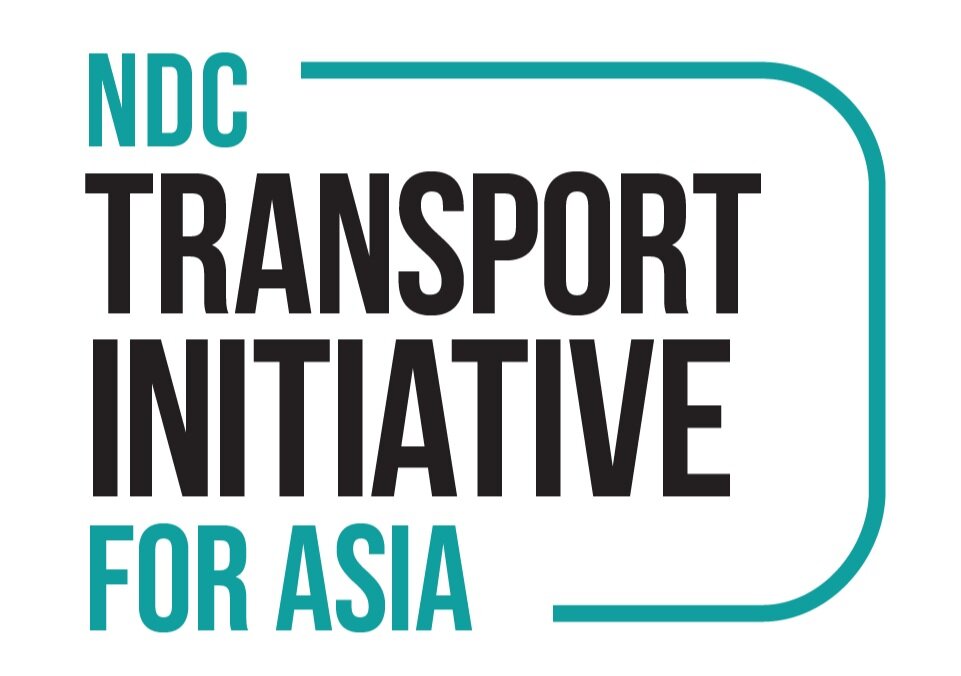Moving Forward Together - Gender-Integrative Approaches for Decarbonising Mobility in Asia
By Aakash Nanda Abraham and Julia Kratofil
In the context of a sustainable mobility transition and the ambition not to leave anybody behind on the road to sustainable development, this paper considers gender-specific mobility patterns and needs in frame of the decarbonisation of transport in Asia. The paper examines the key drivers behind transport preferences and behaviour based on gender and cultural influences. A special focus is placed upon passenger transport in urban areas in China, Vietnam, and India, as these three countries face similar challenges in the process of greening their transport systems.
After a detailed analysis of the obstacles which women come across in transportation and how including a gendered perspective in transportation planning is relevant for a reduction of CO2 emissions, the authors discuss best practice examples of both inclusive and green mobility. The study includes gender-sensitive, -responsive and -transformative approaches, concluding that differentiated, interdisciplinary and gender-transformative projects tend to show the best results. The paper ends with several recommendations for policymakers and stakeholders active in the sector.
Read more on transition-china.org.

